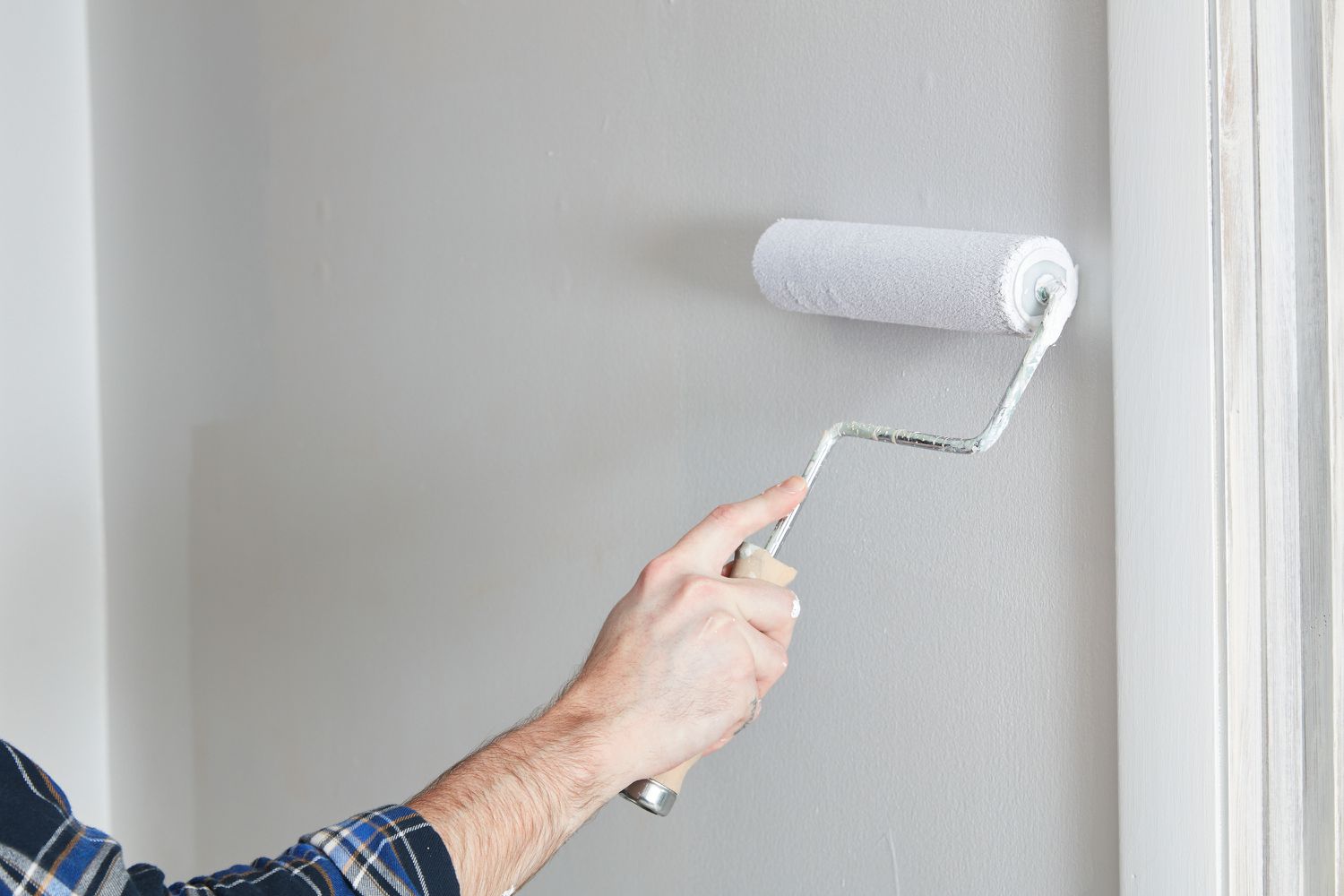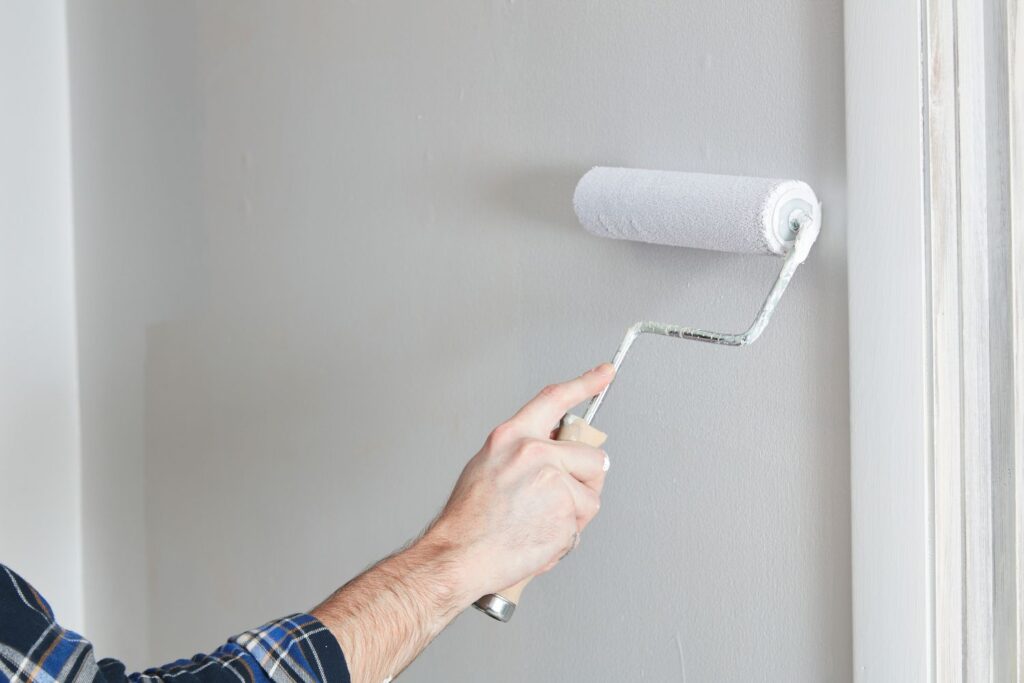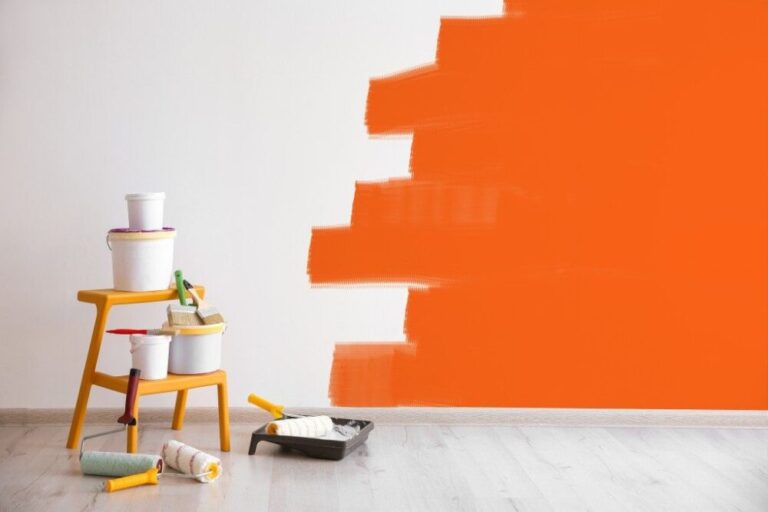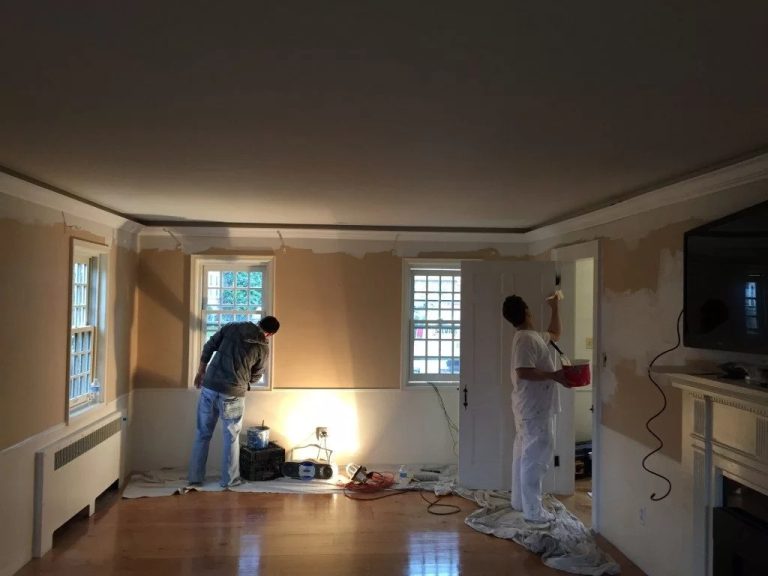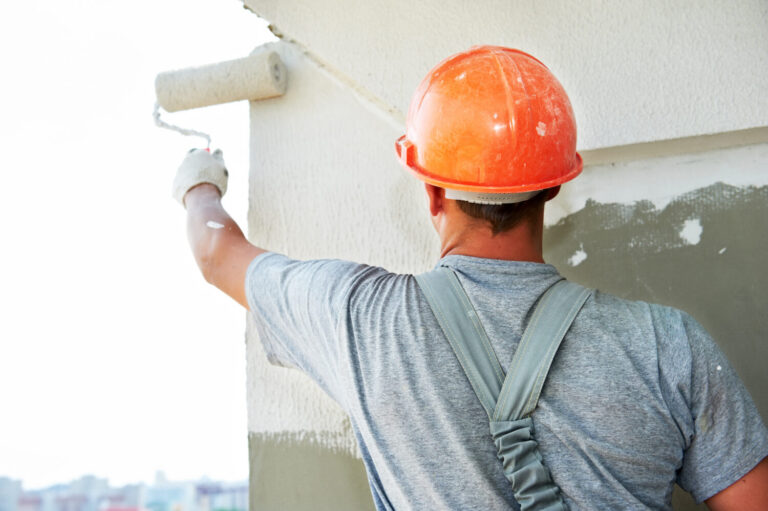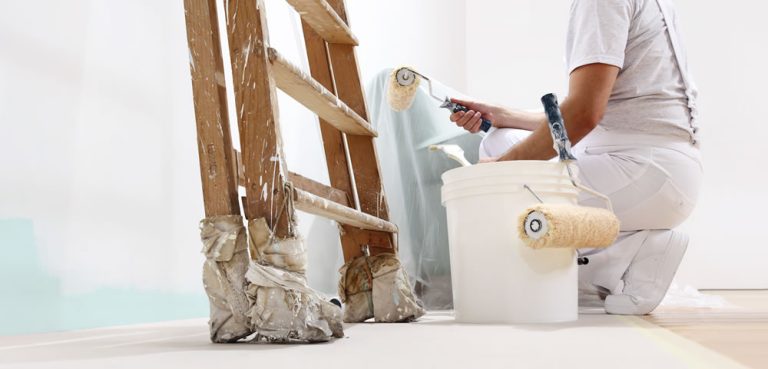Do I Need Primer To Paint the Walls?
Painting your walls can completely transform a space, giving it a fresh, new look; however, whether or not to use a primer before painting is a common question among DIY enthusiasts and professionals alike. Understanding the role of primer can help you achieve a better finish, save time, and even save money in the long run.
What is Primer?
Primer is a preparatory coating applied to surfaces before painting. Its primary purpose is to ensure better adhesion of paint to the surface, increase paint durability, and provide additional protection for the material being painted. There are various types of primers, each designed for specific surfaces and purposes, such as drywall primer, wood primer, and stain-blocking primer.
When is Primer Necessary?
Adhesion Improvement
Primer can significantly improve the adhesion of paint to the surface, which is especially important on materials that are porous or have been damaged.
Creating a Uniform Finish
Using a primer helps create a smooth and uniform finish, masking any imperfections on the wall and ensuring the topcoat of paint looks consistent.
Enhancing Paint Sheen
A primer can enhance the sheen of the paint, making the final result look more polished and professional.
Blocking Stains and Odors
Primers are excellent at blocking stains and sealing in odors, preventing them from bleeding through the new paint layer.
Common Wall Issues Requiring Primer
Stains and Oils
If your walls have stains from water, smoke, or oils, a strong primer is needed to cover these and prevent them from reappearing.
Foul Odors
Walls that have absorbed odors from cigarette smoke, pets, or cooking need a heavy-duty primer to seal in these smells effectively.
Imperfections
Primer can help cover up imperfections like cracks, holes, and dents, providing a smoother surface for painting.
Previous Paint Colors
When painting over a bold or dark color, primer can help cover the old color, ensuring the new paint looks true to its intended shade.
Primer for Color Changes
Protecting New Paint Color Integrity
When changing from a dark to a light color (or vice versa), primer helps to protect the integrity of the new color, preventing the old color from showing through.
Transitioning Between Light and Dark Colors
Primer is crucial when transitioning between significantly different colors to achieve a uniform and vibrant finish.
Odor Sealing with Primer
Types of Odors it Can Seal
Primers can seal in a variety of odors, including those from cigarette smoke, pets, and strong-smelling foods, ensuring a fresh-smelling room after painting.
Benefits of Odor-Sealing Primers
Using an odor-sealing primer can greatly improve indoor air quality and make living spaces more pleasant.
Scenarios Where Primer Can Be Skipped
Smooth, Clean Walls
If your walls are smooth, clean, and free of imperfections, you might be able to skip the primer.
Previously Painted with Latex in a Flat/Eggshell Finish
Walls previously painted with latex paint in a flat or eggshell finish can often be repainted without primer, especially if using a similar color.
High-Quality Self-Priming Paints
Some high-quality paints are labeled as “self-priming” or “primer in paint,” which can eliminate the need for a separate primer.
Similar New Paint Color
If the new paint color is very similar to the old one, a primer may not be necessary.
When You Must Use Primer
Over Oil-Based or Glossy Paints
Painting over oil-based or glossy paints without a primer can lead to poor adhesion and peeling.
Covering Stains or Odors
For walls with stains or odors, primer is essential to prevent these issues from reappearing.
Damaged or Dirty Walls
Primer is necessary for walls that are damaged or dirty to ensure a smooth and lasting finish.
Painting Darker Over Lighter Colors
When painting a darker color over a lighter one, primer helps achieve the true color and reduces the number of coats needed.
Filling Holes or Repairing Cracks
After filling holes or repairing cracks, primer ensures these areas blend seamlessly with the rest of the wall.
Choosing the Right Primer
Types of Primers for Different Surfaces
Selecting the right primer depends on the surface you’re painting. For example, drywall primer can be used for new drywall, and stain-blocking primer can be used for walls with stains or odors.
Tinting Primers to Match Paint Colors
Professional painters often tint primers to match the final paint color, helping to achieve a more uniform finish and better color coverage.
Steps to Apply Primer Correctly
Preparing the Wall
Start by cleaning the wall thoroughly and repairing any damage. Sand the surface if needed to ensure it’s smooth.
Applying the Primer
Apply the primer evenly with a roller or brush, ensuring full coverage of the wall. Follow the manufacturer’s instructions for the best results.
Drying Time Considerations
Allow the primer to dry completely before applying the topcoat. Drying times can vary, so check the primer’s label for specific guidelines.
Benefits of Using Primer
Enhanced Paint Adhesion
Primer improves the bond between the wall and the paint, leading to a more durable and long-lasting finish.
Longer-Lasting Paint Jobs
Using a primer can extend the life of your paint job by providing a stable base that resists peeling and flaking.
Better Overall Finish
A primer ensures a smoother, more professional-looking finish, enhancing the final appearance of your painted walls.
Common Mistakes to Avoid
Skipping Primer on Necessary Surfaces
Skipping primer when it’s needed can lead to poor paint adhesion, stains bleeding through, and an uneven finish.
Uneven Application
Ensure the primer is applied evenly to avoid a splotchy finish. Use proper techniques and tools for best results.
Not Allowing Proper Drying Time
Rushing the painting process by not allowing the primer to dry fully can result in poor paint performance and appearance.
Cost-Effectiveness of Using Primer
Reducing the Number of Topcoats Needed
A good primer can reduce the number of topcoats needed, saving you money on paint in the long run.
Preventing Frequent Repaints
By providing a stable base, primer helps prevent the need for frequent repaints, making it a cost-effective solution over time.
Professional vs. DIY Priming
Pros and Cons of Hiring Professionals
Hiring professionals can ensure a high-quality finish and save you time and effort. However, it can be more expensive than a DIY approach.
Tips for DIY Enthusiasts
If you decide to prime and paint yourself, follow best practices for surface preparation, primer application, and drying times to achieve professional-looking results.
Conclusion
Using a primer before painting walls is often essential for achieving a smooth, durable, and beautiful finish. Whether dealing with stains, odors, color changes, or damaged walls, primer provides a reliable base that enhances the final paint job. By understanding when and how to use primer, you can ensure your painting project is a success.
If the wall is in good condition and the new color is similar, you might not need primer. However, if there are stains, odors, or significant color changes, priming is recommended.
Typically, it would help if you waited at least 24 hours for the primer to dry completely. Check the primer’s label for specific drying times.
Yes, many high-quality paints are formulated with primer included. These can be effective for minor color changes and well-prepared surfaces.
Skipping primer can result in poor paint adhesion, uneven color, and the reappearance of stains and odors. The paint job may also be less durable.
Usually, one to two coats of primer are sufficient. However, more coats might be needed for heavily stained or damaged surfaces.

